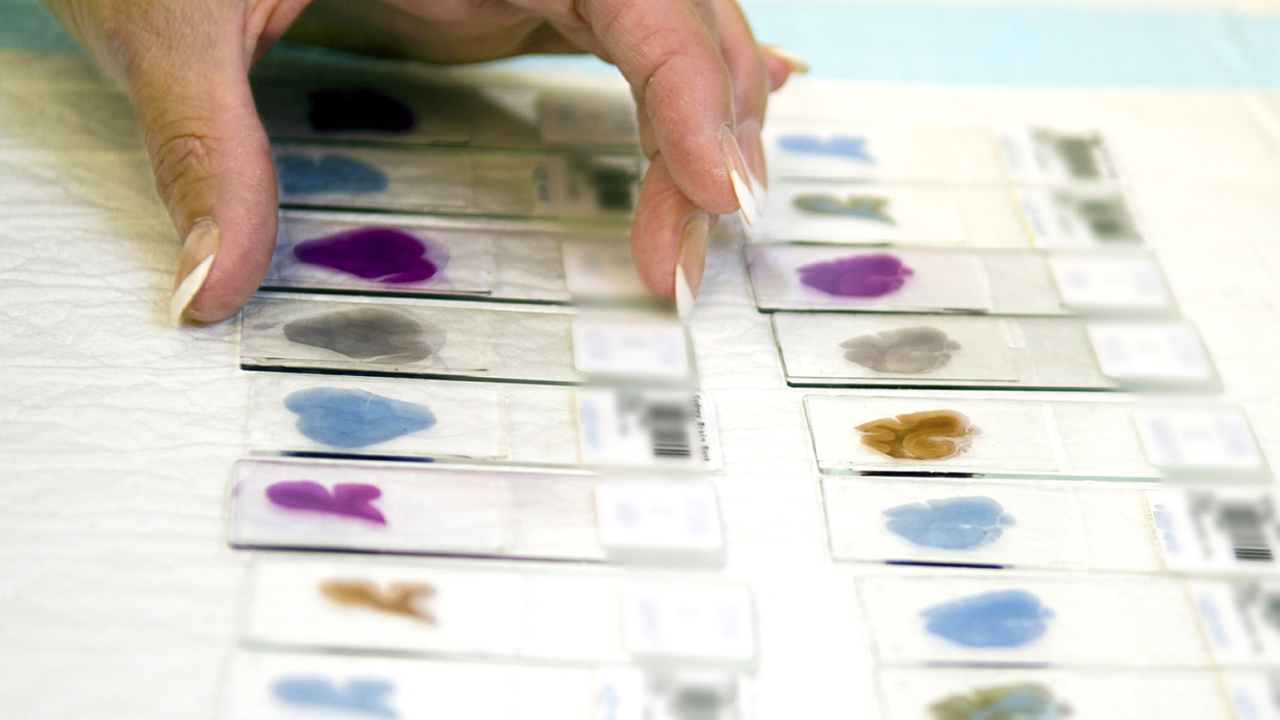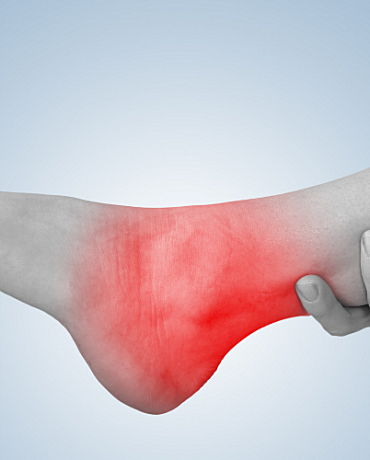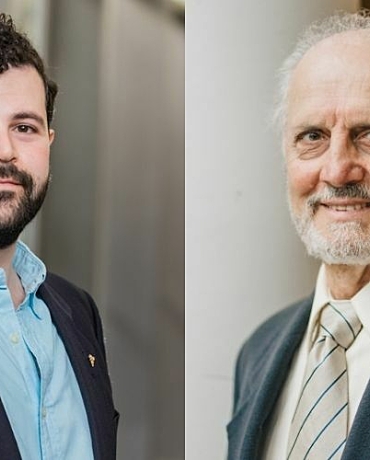Research
There is considerable scientific and community interest in the consequences of repetitive traumatic brain injury (TBI) and global public concern that even mild head injury may lead to a progressive neurodegenerative disorder known as chronic traumatic encephalopathy (CTE) in later life.
The clinical consequences of CTE are varied and include impaired cognitive ability, movement and psychiatric symptoms. These symptoms may appear many years after TBI and are common to other neurodegenerative diseases, creating difficulty for accurate clinical diagnosis.
CTE can only be recognised by microscopic examination of brain tissue after death and is characterised by the abnormal accumulation of a protein known as tau that deposits in irregular patterns in the brain of some individuals. Current research suggests that these tau changes arise following head injury and can spread to other brain regions in a progressive manner, akin to neurodegenerative disorders like Alzheimer’s disease.
CTE has been commonly reported in individuals who participate in contact sports such as American football, where up to 87% of players were found to have this neuropathology at post-mortem. Research also suggests that CTE is more common in individuals who suffer from neurodegenerative disorders where falling is common, such as Parkinson’s disease and Progressive Supranuclear Palsy, although the strength of this finding has not been tested. Using neuropathological techniques, we aim to further understand how much tau pathology is required to cause clinical disease and whether these pathological changes are progressive.
Outcome
The generosity of the Brain Foundation has facilitated this research project investigating CTE in a large number of well-characterised cases collected through the Sydney Brain Bank. Brain donors are recruited through longitudinal, prospective brain donor programs with an interest in ageing and neurodegeneration. Donors participate in on-going health and lifestyle assessments during life so we are uniquely placed to examine the relationship between CTE pathology and clinical outcome. A large number of our cases also have a history of head injury (over 130 cases) or frequent falls (177), which will allow us to assess the relationship between these factors and CTE.
Over 2800 tissue sections have been cut and stained from 633 cases for the purpose of this project. We have assessed the presence and severity of CTE using the most recently published (2021) research diagnostic criteria and are now in the process of analysing the data.
This work represents one of the largest studies of CTE pathology in a clinically, well-characterised brain bank population. It will allow us to directly test the reliability and reproducibility of the most recently published clinical and pathological research diagnostic criteria and will determine the relationship between CTE, head injury and clinical disease. This work is of significant concern to the public as well as to athletes participating in contact sports.




